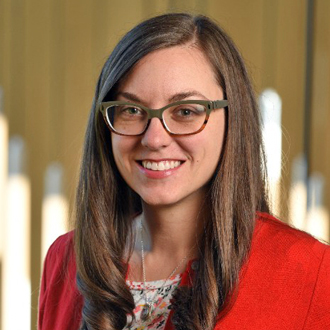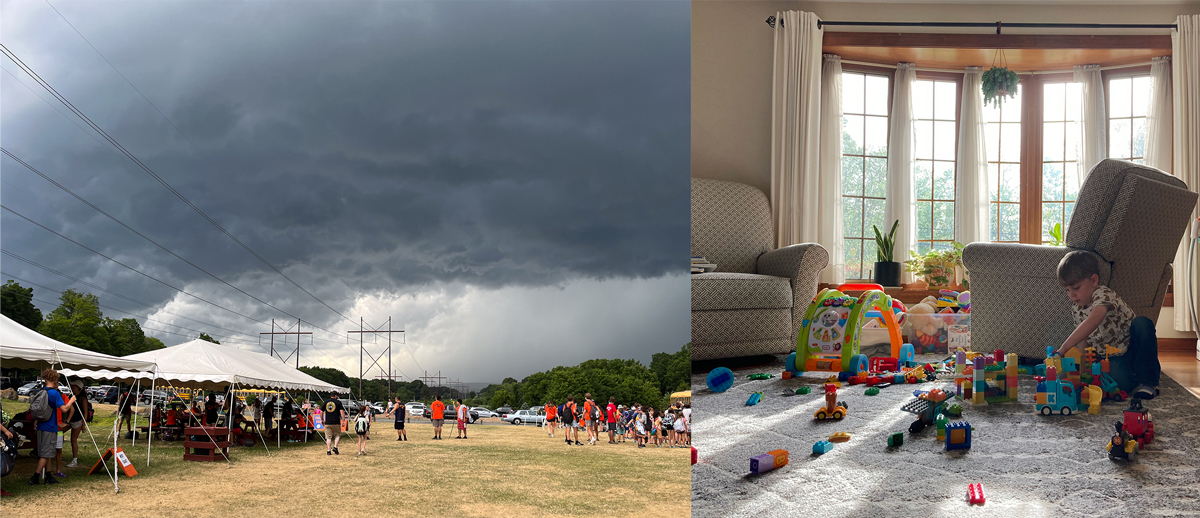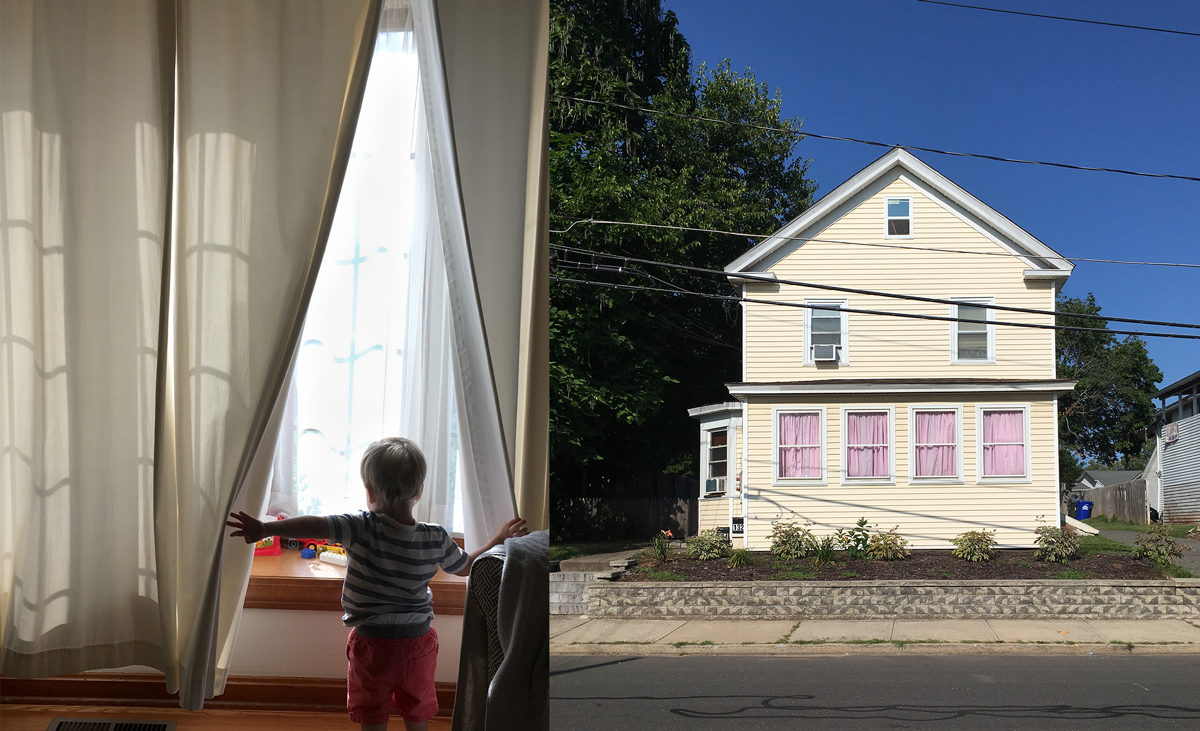
Julie Barnofski Portfolio
2009, M.A., Art History, M.F.A., Studio Art: Photography
Website: Julie Barnofski Portfolio
Director, Office of Sponsored Programs, University of Hartford, Hartford, Conn.
Julie Barnofski Portfolio, an artist, educator, and writer, currently serves as the interim director of the Office of Sponsored Programs of the University of Hartford, Hartford, Conn. She believes that fostering creative thinking is pivotal in successful fundraising endeavors and provides insights into the world of grant writing.
1. Would share a little bit about yourself?
I graduated from UNT in 2009 with an M.F.A. in Studio Art: Photography and an M.A. in Art History. For a few years, I taught photography, drawing, design, and art history courses at a few colleges, with my most recent appointment as an assistant professor of photography at a small liberal arts school in Pennsylvania. After relocating to my home state of Connecticut for personal reasons (and finding no open teaching positions at that point in the year), I pivoted into the nonprofit world. Leaving teaching was difficult, but my new path led me to write and manage all institutional grants for several great causes, including the Wadsworth Atheneum Museum of Art. I now work at the University of Hartford as the director of the Office of Sponsored Programs, which helps faculty members pursue and manage grant funding for their research and creative projects. Although research administration was not the path I envisioned while in grad school, it’s a great field that makes incredible exhibitions and innovative research happen. Personally, I still live in Connecticut with my spouse, who also holds an M.F.A. in photography, and our two kids, three and seven years old.
2. What advice would you offer to recent Art History and Studio Art: Photography graduates?
Three bits of advice come to mind
- Try to keep an active, creative practice even if you must adapt to a new rhythm or scale down. It’s easier to maintain it rather than stop and start again.
- If life situations force you to take a break, give yourself grace and normalize it for others. I struggled with this in recent years after being derailed by the pandemic and almost losing one of my kids to an unrelated illness about a year ago. Also, check on your friends going through their own breaks.
- Be open-minded about the jobs you might pursue. While fields like teaching and museum services are wonderful avenues, the creative and critical thinking skills you gain from art and art history degrees can be applied in so many types of work. My field is a great example. Do not assess your degree's worth solely by whether or not it has the most obvious connection to the job you end up working. The world needs creative thinkers in many capacities.
3. Did you have a mentor or a teacher who influenced you at UNT?
I learned something valuable from every professor I encountered, and I am immensely grateful to them all. To name a few: Dornith Doherty and Brent Phelps (now retired) pushed me and gave me much-needed critical feedback on my work, ultimately helping me grow my skills immensely in the photography program; I learned so much from Lari Radabaugh Gibbons about university teaching and handling tense situations with calm and grace; and Denise Baxter was a fabulous example of how to be prolific and accomplished while balancing family life, which was something I knew I wanted in the future.
4. What inspired you to teach at the university level?
I taught classes as a teaching assistant or teaching fellow throughout my entire graduate school time and loved it. Like many of us, I lived for students’ “ah ha!” moments (whether from watching a photograph develop for the first time or realizing that drawing is a learned skill and not an inherent trait). Teaching was a natural path to take when I graduated. Though I am no longer teaching classes, part of my job is teaching faculty everything from locating and applying for grant funding to thinking through and budgeting for a project to managing their funding and maintaining compliance while executing their work.
5. Are you still actively creating photographic art? Would you share images of your latest works?
I haven’t been as active as I would like to be recently due to unprecedented circumstances that depleted our time and energy; however, I’m returning to it at a pace I can manage. I’m sharing two diptychs that combine elements of home, family, space, and connection, which are themes I’ve always been interested in, while also hinting at feelings of isolation, foreboding, and uncertainty, which we are probably all familiar with after having gone through Covid. They are studies more so than part of a series. I also practice bookmaking and drawing and may incorporate those into some upcoming work.
6. How do you continue to nurture your passion for art and photography in your daily life and professional endeavors?
I’d like to first acknowledge that this is a challenge for many of us, particularly anyone working full-time and parenting! That said, here are some methods.
- I am privileged to live within half an hour from at least three renowned art museums, several universities, and many smaller museums and galleries. Seeing art in person is a great source of inspiration. The same goes for community conversations and author discussions.
- I developed friendships with artists in different communities, and we look to each other for inspiration, check-ins, or support, either informally or through organized activities/groups. We could all use more community connections.
- Like most children, mine are naturally curious and want to try everything, so slowing down to do a painting activity with them, explaining how a camera works, or talking about how we think someone made a piece of art in a museum is fun. Additionally, trading off parenting responsibilities during certain weeknights or weekend hours has helped my spouse and I to both claim time for thinking, creating, and resting.
- On a professional level, I work with faculty across our campus, including professors in the visual arts, performing arts, and humanities. When I tell them about my degrees, they are always pleasantly surprised and seem to view me as an ally. Discussing someone’s creative work as part of my job is always a joy.

By Julie Barnofski Portfolio
Untitled, 2023
Diptych
Digital photography

By Julie Barnofski Portfolio
Untitled, 2023
Diptych
Digital photography
